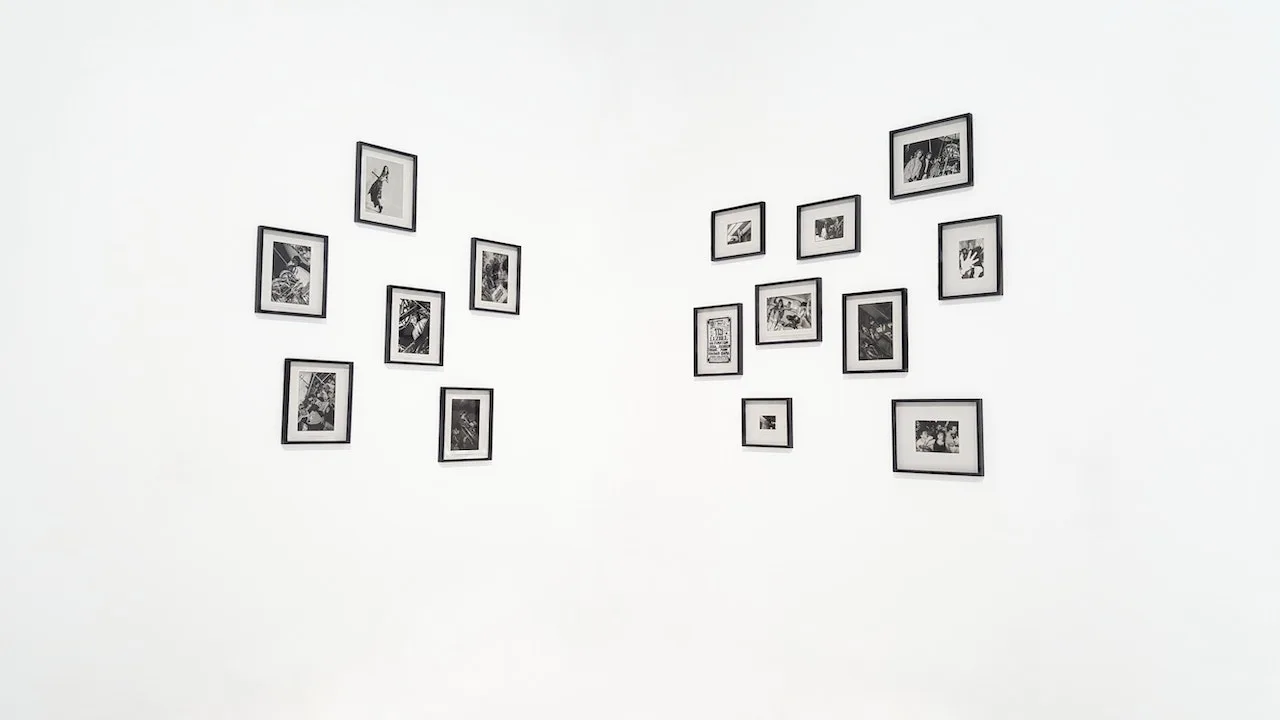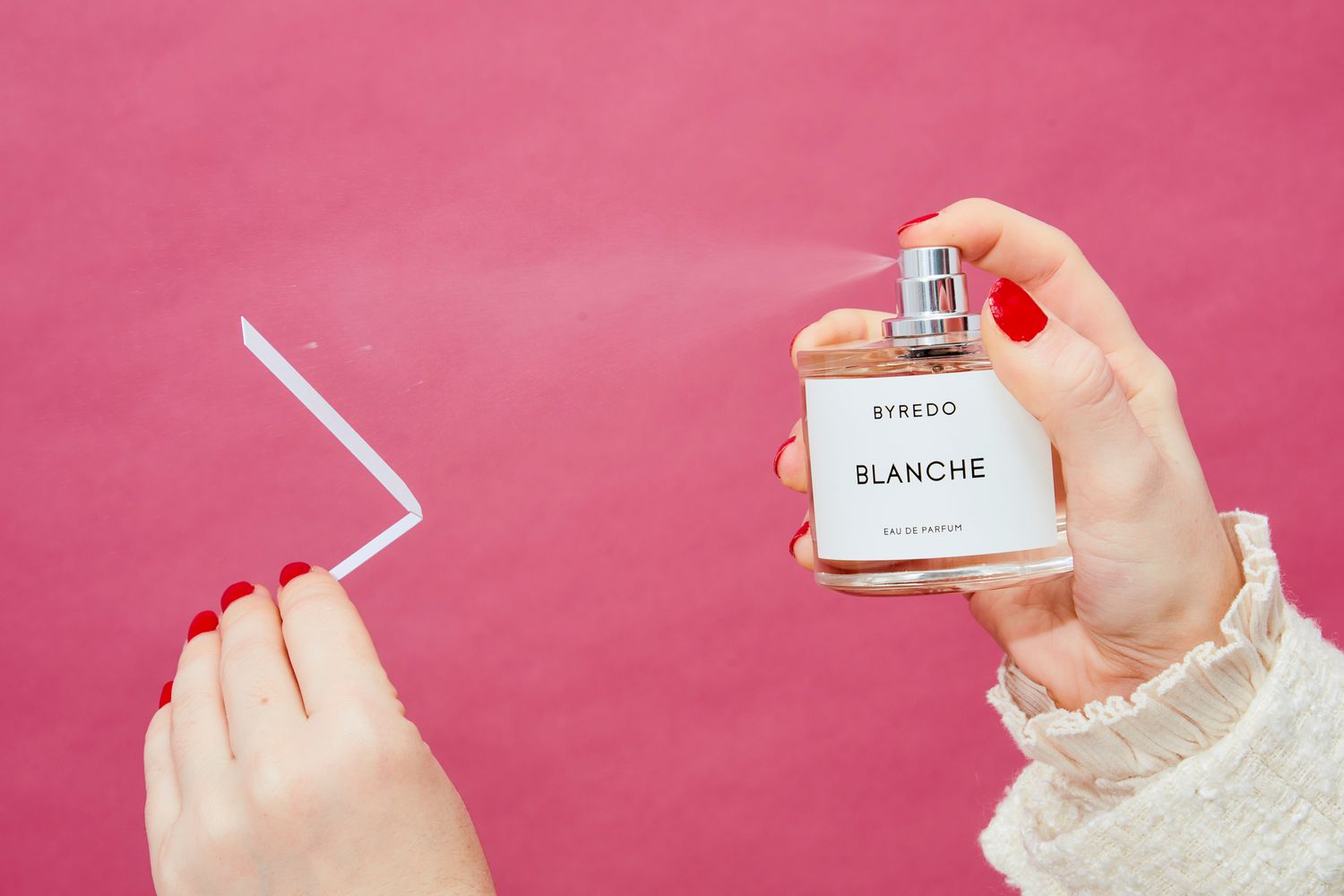Minimalism has gained immense popularity over the years as a lifestyle centered around simplicity, decluttering, and focusing on what truly matters. However, as with any trend, there is always the risk of taking it too far. One such case is a family who, in their pursuit of minimalism, ended up with an almost empty house—leaving them questioning the very principles they had once embraced.
The Johnsons, a young couple in their early thirties, were inspired by the minimalist movement after watching documentaries and reading books on the subject. They were drawn to the idea that fewer possessions meant more freedom, peace of mind, and financial savings. Determined to create a minimalist haven, they began purging their belongings at an alarming rate.
At first, their decluttering was reasonable. They donated unused clothes, removed duplicate kitchen items, and sold rarely used furniture. However, their obsession quickly escalated. Soon, they were discarding everyday essentials, convinced that they could live with the bare minimum. Their once-cozy home began to resemble an unoccupied apartment—no decorations, extra chairs, or personal mementos.
The breaking point came when they decided to get rid of their dining table, convinced they could just eat on the floor or hold plates. They sold their bed, opting for sleeping bags to embrace a more “pure” existence. Even essential items like books, kitchen utensils, and sentimental objects were eliminated in their extreme pursuit of minimalism.
Rather than feeling liberated, they found themselves stressed and uncomfortable. Instead of being a peaceful sanctuary, their home felt cold and uninviting. Simple tasks became unnecessarily complex—cooking without the right tools, struggling with sleep, and feeling disconnected from their past by erasing memories attached to their belongings.
The Johnsons eventually realized minimalism should be about intentional living, not deprivation. They began reintegrating essential furniture and meaningful items into their home, striking a balance between simplicity and functionality. Their experience serves as a cautionary tale about taking trends to the extreme. Minimalism should be about creating a home that enhances life, not strips it of comfort and joy.



